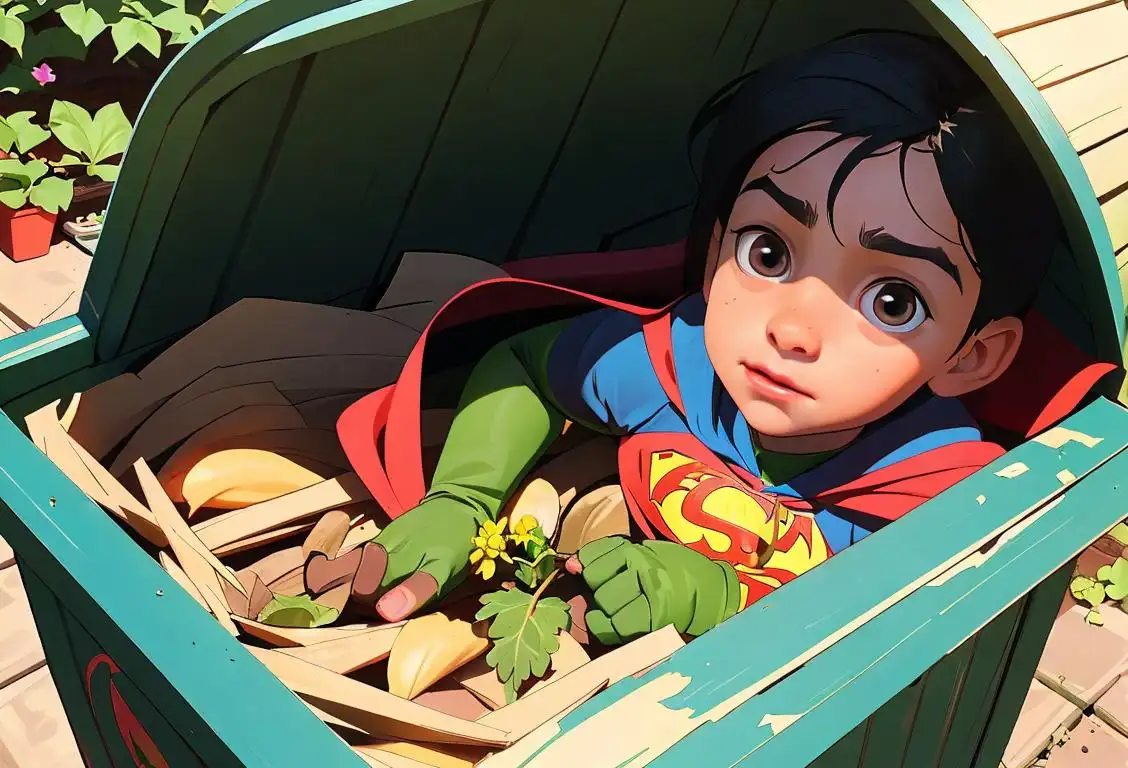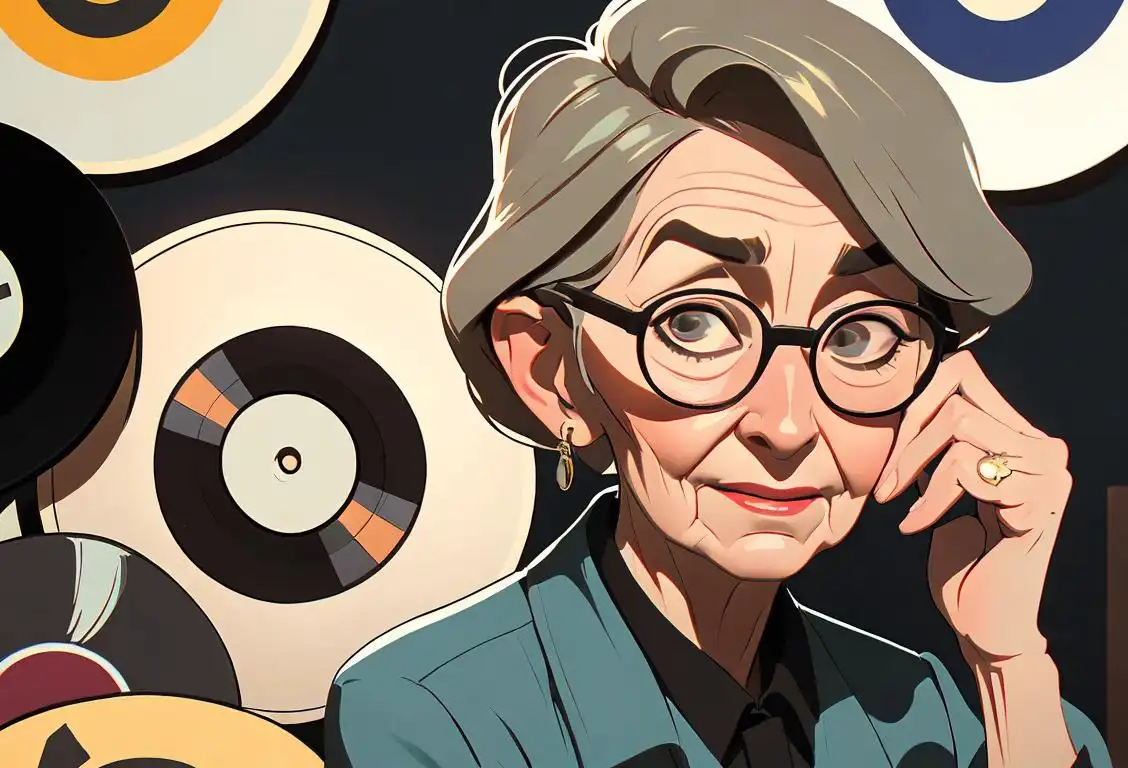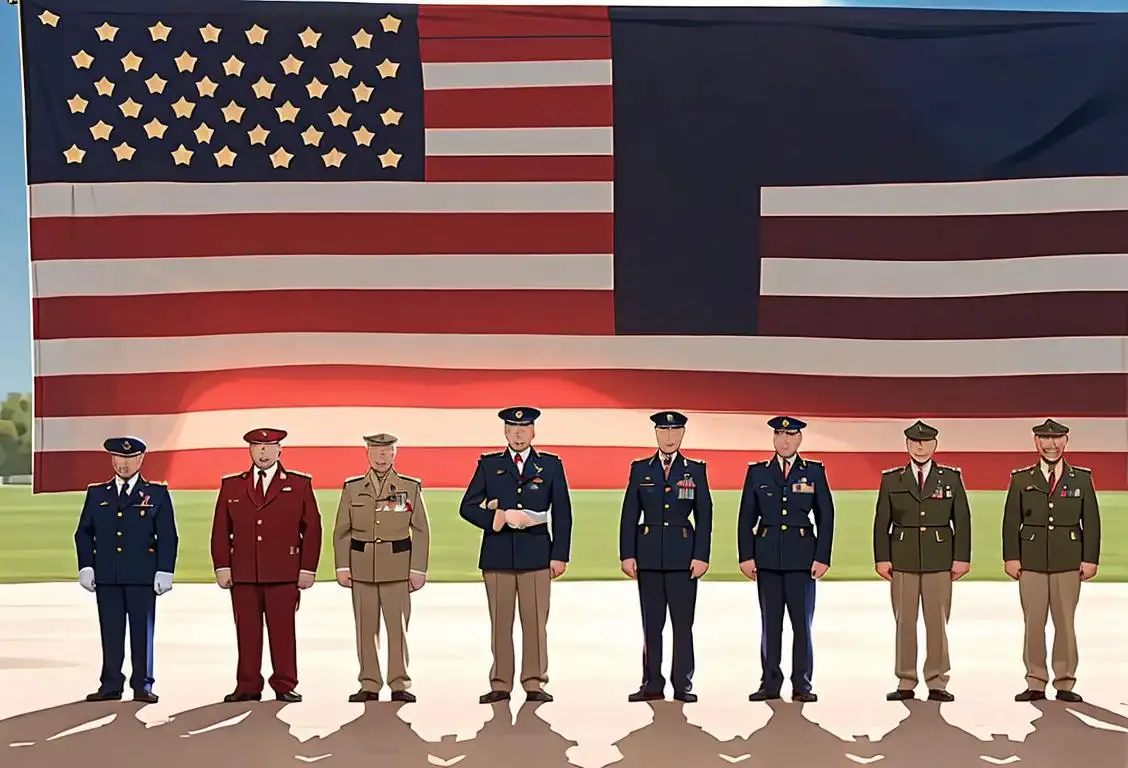National Buy Nothing Day

Welcome to the wacky world of National Buy Nothing Day! Prepare to save your pennies and put your credit card on pause for a day of financial freedom. This national day, observed on November 27th, encourages us to resist the temptation of consumerism and embrace the joy of not buying anything. Let's dive into the intriguing internet history of this day.
When is Buy Nothing Day?
It's national buy nothing day on the 27th November.
The Origins of National Buy Nothing Day
Back in 1992, Canadian artist and social activist Ted Dave got tired of seeing people mindlessly splurge on Black Friday. He decided it was time to challenge the rampant consumerism that had consumed society. And thus, National Buy Nothing Day was born.
What started as a small movement soon gained traction, as people from all walks of life recognized the value of taking a break from buying unnecessary stuff. With the rise of the internet, Buy Nothing Day gained even more attention, spreading its message far and wide.
How to Celebrate National Buy Nothing Day
On this special day, the rules are simple: just don't buy anything! Leave your wallet at home or lock up your credit cards. Instead, focus on spending time with loved ones, enjoying nature, or engaging in activities that don't require money. It's a day to appreciate the things that truly matter in life.
A Fun Fact to Blow Your Mind
Did you know that National Buy Nothing Day has inspired a sister movement called 'Buy Nothing Christmas'? It encourages people to find alternative ways to celebrate the holiday season without buying into the commercial frenzy. It's all about homemade gifts, heartfelt gestures, and spending quality time with loved ones. Talk about spreading the love without breaking the bank!
History behind the term 'Buy Nothing'
1992
The birth of Buy Nothing Day
Buy Nothing Day originated in September 1992 in Vancouver, Canada. It was conceptualized by artist Ted Dave and promoted by Adbusters, a magazine known for its anti-consumerism stance. The idea behind the day is to raise awareness about the excessive consumption and economic pressure created by consumerism. The first Buy Nothing Day was observed on the Friday after American Thanksgiving, which is known as Black Friday.
1997
Buy Nothing Day goes international
In 1997, Buy Nothing Day started to gain international attention and participation. Adbusters promoted the day globally, urging people to take a break from shopping and reflect on the impacts of consumer culture. The movement resonated with individuals who were disillusioned with the materialistic nature of society and wanted to challenge the status quo of excessive consumption.
2000
Buy Nothing Day becomes a 24-hour event
By the year 2000, Buy Nothing Day extended from a single day of observance to a 24-hour event. Participants were encouraged not only to refrain from purchasing goods but also to avoid any non-essential activities that involved spending, such as dining out or using credit cards. The focus shifted from simply skipping shopping to actively rejecting the consumerist lifestyle for a day.
2012
Digital activism and online campaigns
With the rise of social media and digital activism, Buy Nothing Day gained significant traction online. Activists utilized platforms like Twitter, Facebook, and YouTube to spread awareness about the detrimental effects of consumerism and to promote alternative ways of living. This digital expansion allowed the movement to reach a wider audience and empowered individuals to share their experiences and thoughts on consumerist culture.
Present
Buy Nothing Day and the Buy Nothing Project
Buy Nothing Day continues to be observed annually on the Friday after Thanksgiving, challenging consumer culture and encouraging sustainable lifestyle choices. Additionally, the Buy Nothing Project, an international organization, promotes the establishment of hyper-local gift economies known as Buy Nothing groups. These grassroots initiatives aim to foster community connections, reduce waste, and provide opportunities for resource-sharing within neighborhoods.
Did you know?
Did you know that National Buy Nothing Day has inspired a sister movement called 'Buy Nothing Christmas'? It's all about homemade gifts and heartfelt gestures!Tagged
fun loved ones financeFirst identified
27th November 2015Most mentioned on
27th November 2015Total mentions
24Other days
Awareness Day
One Day
Action Day
Opposite Day
Seniors Day
Veterans Day
Happiness Day
Bison Day
Suicide Prevention Month Day
Family Day









